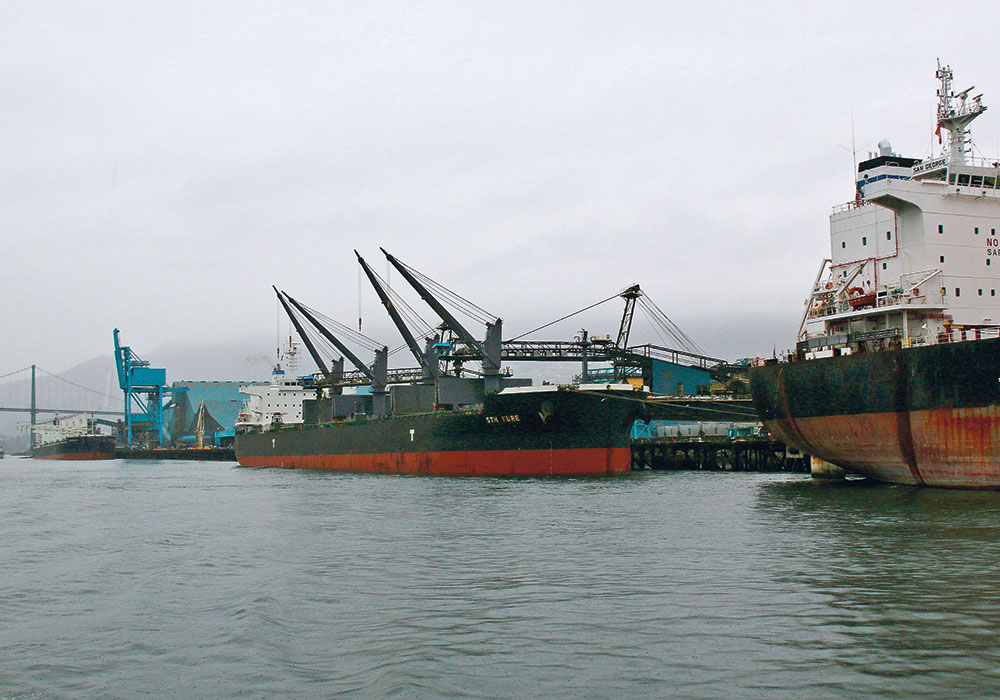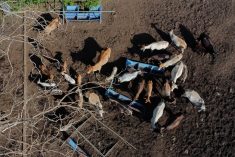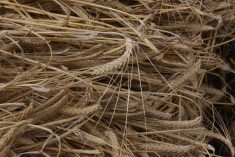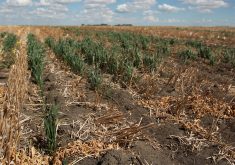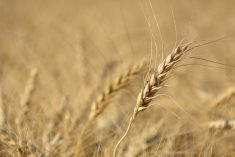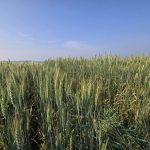Competition fierce for valuable waterfront space, but port takes steps to develop good relationships with urban neighbours
VANCOUVER — It’s grungy, muscular, industrial and national.
It’s shiny, clean, picturesque and local.
It’s the Port of Vancouver, and it’s a study in contrasts.
It’s also a place that creates an uncomfortable closeness between often antagonistic forms of life, work and business. That’s a reality the Port of Vancouver, a sprawling collection of docks, wharves, marinas, rail lines and other infrastructure winding around the metropolis of Vancouver, grapples with every day.
“We’re in an urban environment in which two normal activities that don’t occur next to each other, do. So, we have to do things a little differently,” said Doug Mills of the Port of Vancouver, describing the balancing act during a boat tour of Burrard Inlet and English Bay.
Read Also
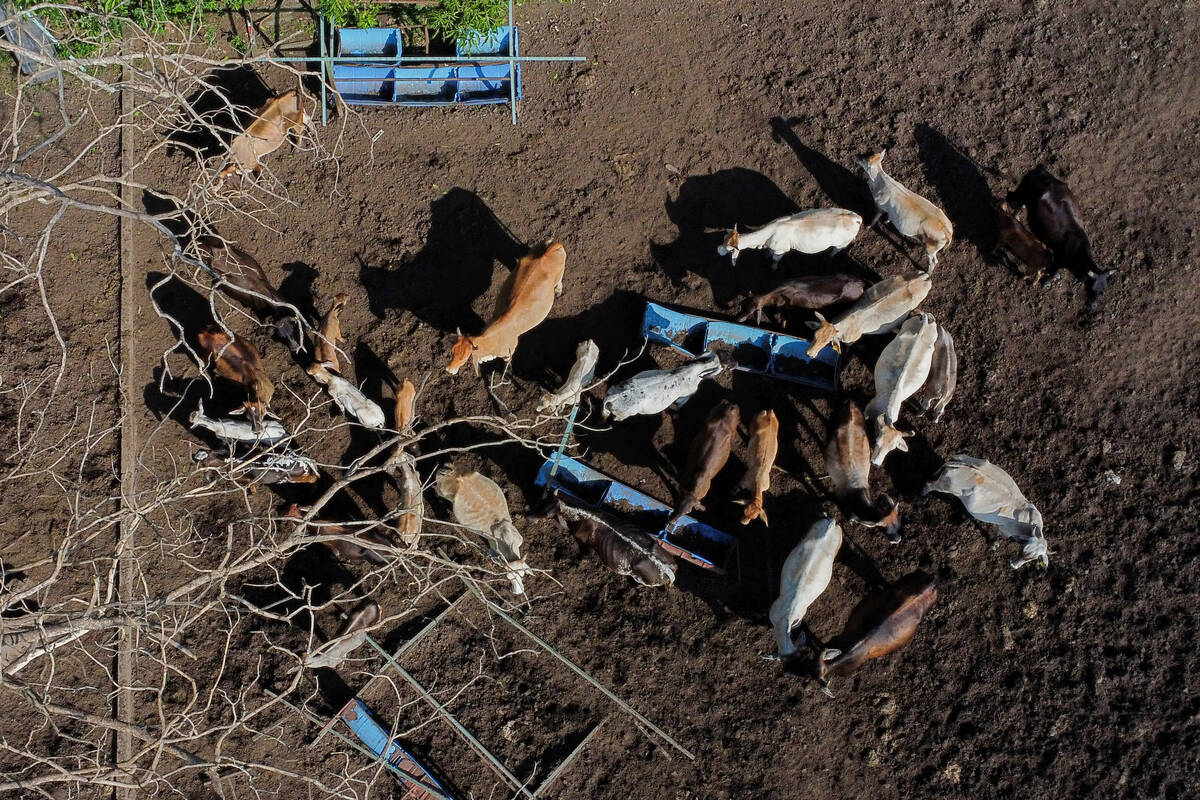
Cattle smuggling worsens outbreak in Mexico
Cattle being smuggled across Mexio’s southern border are making a screworm outbreak much more difficult to control.
“We spend a lot of time at the (Vancouver Fraser) Port Authority with a department specifically that goes out into the community to schools, even kindergartens, to tech schools, to universities, to community events, to tell the story of why this is important to them.”
Industrial operations like grain terminals and rail lines aren’t just near to multimillion-dollar condominiums in North Vancouver. They are literally neighbours, with rising tiers of glassy condos directly facing rail lines occupied by grain cars parked on the tracks. Partially obstructing the view of these wealthy Vancouverites are some of the main facilities that load ships that carry Canada’s grains, oilseeds, pulse crops and other farm products to markets around the world.
There have been attempts in Vancouver to restrict, constrict or minimize the activities of industrial and export activities on the waterfront. New projects and facility expansions have faced public objections, as residential concerns butt heads with export needs.
The Port Authority doesn’t have to rely entirely upon an active public relations and outreach strategy to protect Canada’s exporters, such as farmers, from local attempts to make local concerns paramount.
The port’s export abilities are protected by a powerful shield: it is under federal jurisdiction, rather than municipal or provincial control.
“Often, we will be looking at the reasons for building things differently than a local municipality would,” said Mills.
“We can look at it through the lens of our mandate of transportation and trade facilitation.”
The port is not a small entity. It stretches for kilometres on both sides of the water bodies that flank the isthmus of downtown Vancouver and stretching out to the gigantic grain ship parking lot in English Bay. But it operates in the city of millions, with many competing transportation and urban needs.
Rail lines need to cross bridges, cross roads and pass through tunnels. Some of these have always been chokepoints, but with increasing volumes of grain and other commodities being produced in Western Canada, those chokepoints have become more worrisome and costly.
During this tour, dozens of grain ships sat in English Bay, awaiting grain that had been delayed by the railway blockades activists had been imposing through much of February. There are almost always grain ships waiting, but the number on this day was about double the normal amount.
The port has major expansion plans and big hopes for what can be accomplished here as Canada’s ambitions to greatly expand exports gather steam.
Already, about $7.5 billion is invested in the port’s facilities, and there are plans for about $9 billion in projects to improve service and expand capacity.
But on this rainy day, a chill wind came from Mills. With new environmental approvals adding extra layers of complexity and much time to any new project, the fate of these projects does not look assured.
One port project has been seeking approval for eight years, and still doesn’t have it. A similar facility in China was proposed and approved within a year.
If approvals for port projects now before regulators and government don’t come, that “could significantly deter any future investments into infrastructure.”
The dominance of the grain industry along the North Vancouver waterfront is obvious, with numerous facilities handling bulk grain and containerized crops. G3’s state-of-the-art export terminal, which can unload full unit trains and load ships with greater speed than previously built terminals, juts out into the harbour like a statement of intent.
Yet, as the port’s export facilities develop and improve, so too do those competing residential and urbane interests that see the shoreline as a source of problems and an obstacle to other types of development.
“People who live in those homes want to have unobstructed views of the water,” said Mills.
“They don’t want noise. They don’t want dust. They don’t want light emissions. They want to enjoy what they paid for.”
Municipal governments might “see the waterfront as a revenue generator for hotels, cafes, condo sites or other uses that are fundamentally opposed to the national trade objective.”
The Port Authority highlights the port’s role in supporting 115,000 jobs, the role it plays in providing tax revenues for schools and hospitals and its role in keeping Vancouver a gateway to the world.
But the uncomfortable relationship between Canada’s need to export vast amounts of commodities and goods will never be easy to square with the desire of local people and municipalities that might want the waterfront to be more of a playground and less of a work site.


